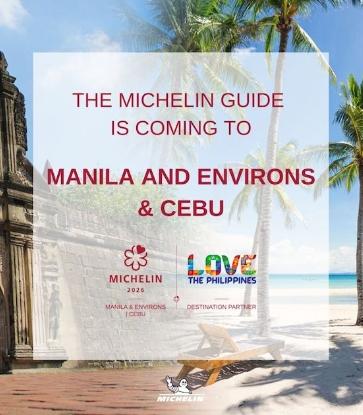The beauty of sky-gazing has always been in the wonder of what lies in the vast universe. Stars that burn bright, planets with creatures we can only imagine from what movies spin tales of, and now—a space where we’ll never go hungry.
Sure, we might not be ploughing the soils in outer space to plant potatoes like Matt Damon did in the big-screen hit The Martian, but the space diet is indubitably undergoing a change from basic survival needs to fine gastronomy.

Earlier this year in February, famous French pastry pro Pierre Hermé designed his popular macaróns to be brought into space via SpaceX’s Dragon cargo ship as a birthday treat for European Space Agency astronaut Thomas Pesquet. This sweet surprise was a year in the making, as Hermé worked on the raspberry macaróns for a year before they met NASA’s strict requirements. To counter the effects of space, the macaróns were baked for a longer period here on Earth so the cookies wouldn’t crumble.
And Pierre Hermé’s popular treats are a far cry from meals in the early history of space expedition when astronauts brought puréed beef and vegetables packaged in an aluminum toothpaste-like container for their meal. These days, space food technology has led to more gourmet pickings such as beef sandwiches, tuna salads and even chocolate pudding for space explorers.
Here, we take a look at eight types of food best suited for space travel.

1. Rehydratable Food
The freeze-drying technology removes moisture from the food and beverage items, which reduces their size while preserving the nutrition and taste. This is especially important in the space station where storage area is scarce.
2. Thermo-stabilized Food
Similar to the canned food in our daily life, items of this kind are processed under high heat to eliminate deleterious microorganisms and enzymes before sealed in aluminum cans. It brings fruit and tuna to the fingertips of astronauts.
3. Intermediate Moisture Food
Dried peaches, pears, apricots and beef (read: jerky) can be found under this category, in which the food items are partially dehydrated to maintain a certain degree of softness. Unlike food that can be rehydrated, intermediate moisture foods are readily edible.
4. Natural Form Food
These ready-to-eat snacks such as granola bars, cookies and nuts require no processing, and are both easy to store and immediately available.

5. Irradiated Food
Meat under this category—like beef steaks—is cooked and packaged in foil-laminated pouches, which go through ionizing radiation for sterilizing. It effectively keeps the flavor and texture of the processed items.
6. Frozen Food
Cooked dishes like quiche, casserole and chicken pot pie are frozen rapidly to preserve them in the original state and avoid large ice crystals from forming.
7. Refrigerated Food
Similar to dining on the ground, cheese and sour cream are stored at low temperatures for consumption in space.
8. Fresh Food
Surprise—some fresh produce that hasn’t been processed can be taken into the stratosphere. Apples, bananas and other fruits with a longer shelf life are all up for grabs, helping astronauts maintain a balanced diet.
This article was written by Tang Jie and translated by Vincent Leung. Click here to read the original version of this story.





















